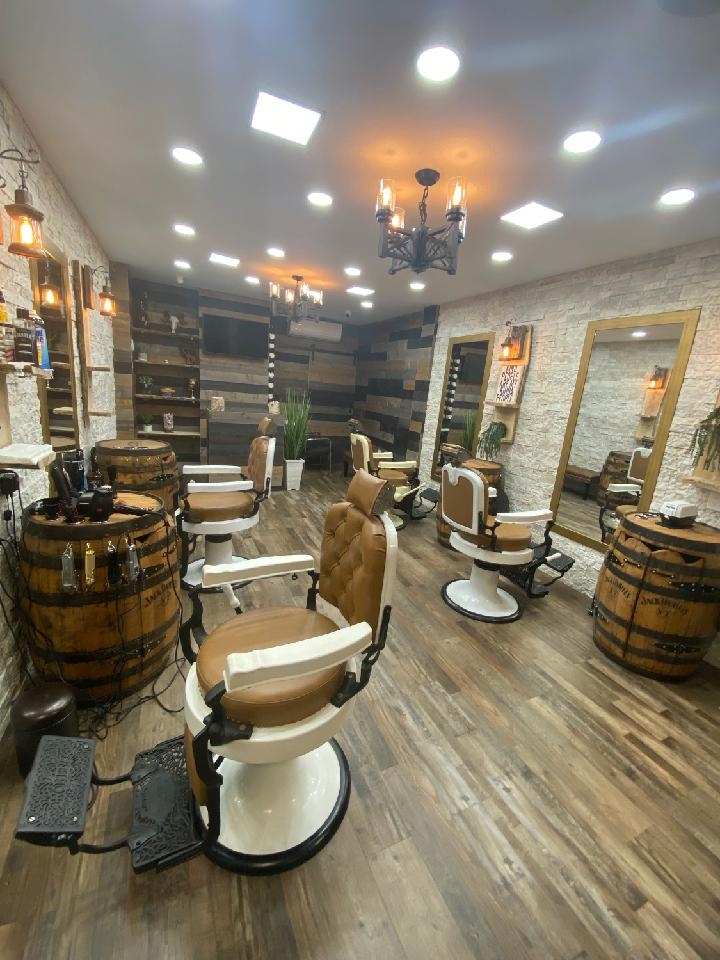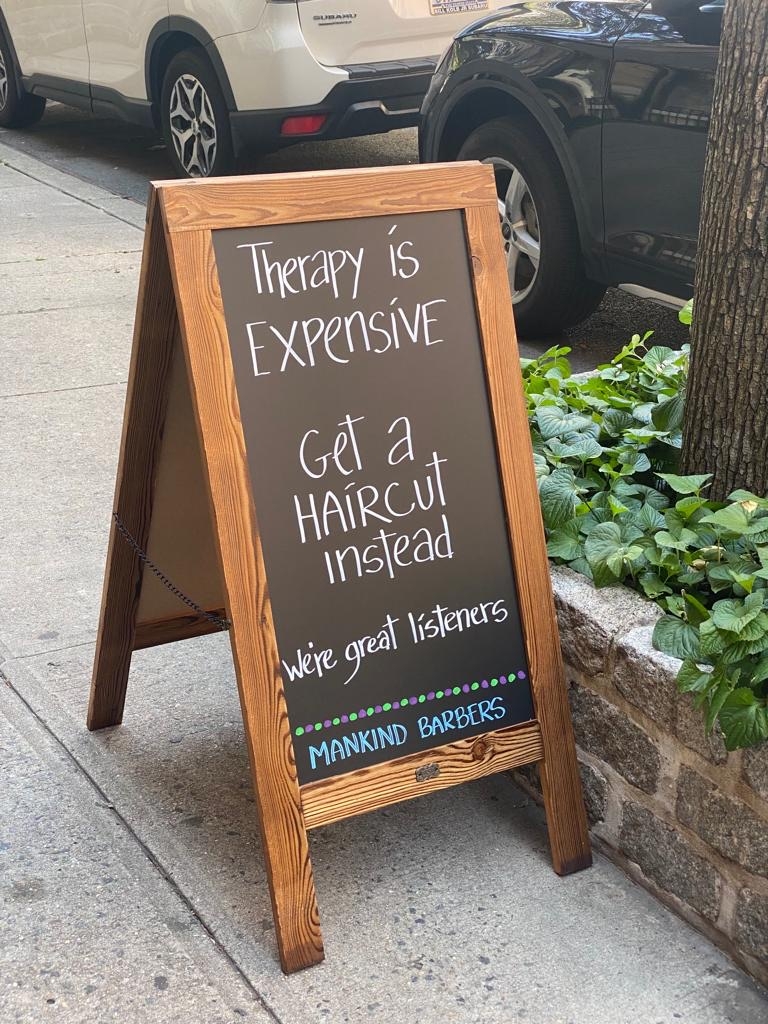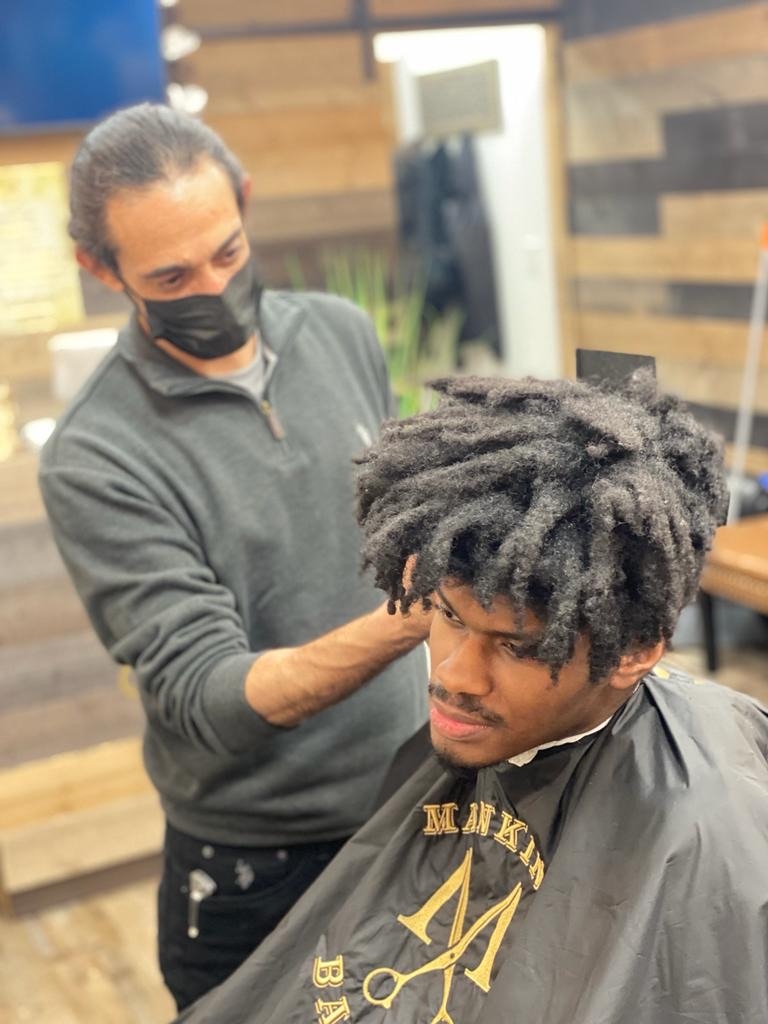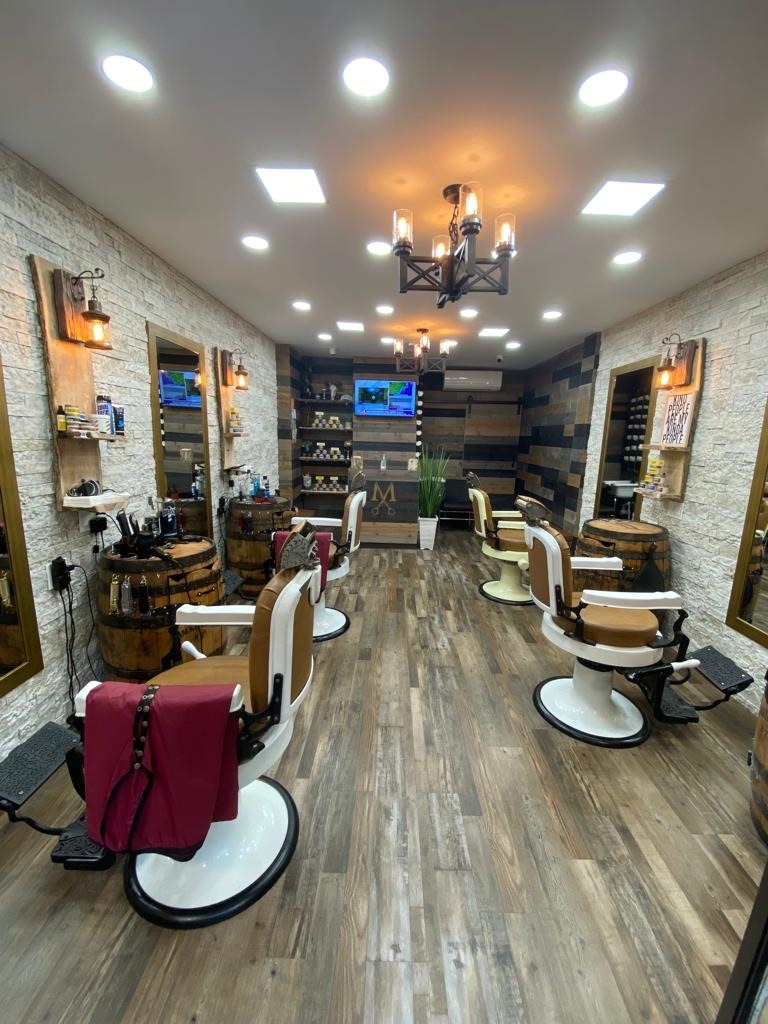

Barbers should use disinfectants that are proven to be effective against a wide range of bacteria and viruses commonly found in barber shops. Some of the most effective disinfectants include quaternary ammonium compounds, hydrogen peroxide, and isopropyl alcohol. These disinfectants are known for their ability to kill germs and prevent the spread of infections on tools and equipment.
Barbers should disinfect their tools and equipment after each use to prevent the spread of bacteria and viruses. This frequent disinfection routine helps maintain a clean and hygienic environment in the barber shop, reducing the risk of infections among clients. Regular disinfection also ensures that tools remain in good condition and last longer.
Understanding curl pattern and hair type has become hot topic and for good reason – being able to advise clients on their hair allows them to unlock its potential. Below, Boucléme founder and curl specialist, Michele Scott-Lynch, gives a four-step guide to curl type… Step One: Curl Type Identifying the curl type is much easier The post Understanding Your Client’s Hair Type appeared first on Modern Barber.
Posted by on 2024-03-19
The Fashion Retail Academy (FRA) announces that it has acquired the capital’s leading beauty school, the London College of Beauty Therapy (LCBT). As a successful education charity, having trained over 13,000 students for entry-level roles in fashion and retail since 2005, the FRA’s acquisition of LCBT marks a significant expansion of its commitment to provide industry-backed vocational The post Fashion Retail Academy Acquires the London College of Beauty Therapy appeared first on Modern Barber.
Posted by on 2024-03-19
The Lions Barber Collective has been at the forefront of championing mental health within the hair and barbering industry since 2015 and now its asking you to join the pride and volunteer at events across the UK. It recognises the unique role barbers and hairdressers play as trusted confidants for their clients. By fostering a safe The post Join the Pride: Volunteer for Lions Barber Collective Mental Health Charity appeared first on Modern Barber.

Posted by on 2024-03-19
Modern Barber caught up with local high street barber, Carlo DePetrillo, to get his insight after 40 years in the business. From the need for regulation to the importance of creating a community, it was an eye opening chat on how far the industry has come, and the recent changes we’ve seen due to the The post The High Street Barber: Carlo DePetrillo appeared first on Modern Barber.

Posted by on 2024-03-19
Spring is just about here and with that in mind, we caught up with award winning men’s hairdresser, Jim Shaw, to get his predictions on Spring 2024 hair trends and what will be the most highly requested cuts and styles… Lead image: Aimar Ek Spring 2024 Hair Trends Tight Fade For clients looking for a The post Spring 2024 Hair Trends for Men appeared first on Modern Barber.

Posted by on 2024-03-19
Barbers must follow specific regulations and guidelines when using disinfectants in their shops to ensure the safety of both clients and staff. It is important to use disinfectants that are approved by regulatory agencies and follow the manufacturer's instructions for proper dilution and application. Additionally, barbers should have proper training on handling and storing disinfectants to prevent any accidents or misuse.

While natural or homemade disinfectants may seem like a more eco-friendly option, commercial products are recommended for better results in killing germs and preventing infections. Commercial disinfectants are specifically formulated to be effective against a wide range of bacteria and viruses, providing a higher level of protection for both clients and barbers in the shop.
There are disinfectants available that are specifically designed to target certain types of bacteria or viruses commonly found in barber shops. For example, some disinfectants are formulated to be effective against MRSA, staphylococcus, and other pathogens that are known to cause infections in hair salons and barber shops. Barbers should choose disinfectants that target the specific germs they are most concerned about.

The best way for barbers to ensure that their disinfectants are properly diluted and used according to the manufacturer's instructions is to follow a strict disinfection protocol. This includes measuring the correct amount of disinfectant to water ratio, using the appropriate contact time for disinfection, and properly storing disinfectants in a cool, dry place. Regular training and supervision can help barbers maintain a high standard of disinfection practices.
There are disinfectants that are safe to use on both metal and plastic tools commonly used in barber shops. Barbers should look for disinfectants that are compatible with a variety of materials to ensure that all tools and equipment can be effectively disinfected without causing damage. It is important to read the product labels and instructions carefully to determine if the disinfectant is suitable for use on different surfaces in the barber shop.

Using a hot towel before a shave offers numerous benefits for the skin and shaving experience. The heat from the towel helps to open up the pores, allowing for a closer and smoother shave. This can help prevent ingrown hairs, razor burn, and irritation. The hot towel also softens the facial hair, making it easier to cut and reducing the risk of nicks and cuts. Additionally, the warmth and steam from the towel can help to relax the facial muscles, creating a more comfortable and enjoyable shaving experience. Overall, incorporating a hot towel into a shaving routine can lead to a more effective and pleasant shave.
When selecting the appropriate shaving brush for clients, it is important to consider factors such as hair type, bristle material, handle design, and overall quality. For clients with sensitive skin, a shaving brush with soft synthetic bristles or natural badger hair may be more suitable to prevent irritation. Those with coarse facial hair may benefit from a brush with stiffer bristles for better exfoliation. The handle design should also be taken into account, as some clients may prefer a longer handle for better grip and control. Additionally, choosing a high-quality shaving brush will ensure longevity and optimal performance for the client's grooming routine. By considering these factors, a barber can provide their clients with a personalized and effective shaving experience.
When it comes to men's barbering, there are specific types of brushes recommended for different hair textures. For example, for coarse or curly hair, a boar bristle brush or a wide-tooth comb may be recommended to help detangle and smooth the hair. For fine or straight hair, a nylon bristle brush or a fine-tooth comb may be more suitable for styling and creating volume. Additionally, for thick or dense hair, a paddle brush or a vented brush can help distribute oils and products evenly throughout the hair. It is important for barbers to have a variety of brushes on hand to cater to the diverse hair textures of their clients.
When it comes to fade haircuts, the best type of comb to use is a fine-toothed comb. Fine-toothed combs are ideal for creating clean, precise lines and blending different lengths of hair seamlessly. They are also great for detailing and adding texture to the hair. Additionally, using a fine-toothed comb allows for more control and accuracy when shaping the fade. It is important to choose a high-quality comb that is durable and easy to clean to ensure the best results when styling fade haircuts.
For individuals with sensitive skin, it is recommended to use a hypoallergenic shaving cream that is specifically formulated to be gentle on the skin. Look for products that are fragrance-free, alcohol-free, and contain soothing ingredients such as aloe vera, chamomile, or oat extract. These types of shaving creams are designed to minimize irritation, redness, and razor burn, providing a more comfortable shaving experience for those with sensitive skin. Additionally, opting for a shaving cream that is enriched with moisturizing agents can help to keep the skin hydrated and nourished during and after shaving, further reducing the risk of irritation. It is important to patch test any new product before use to ensure compatibility with sensitive skin.
To prevent razor bumps and ingrown hairs when shaving with a straight razor, it is important to follow a proper shaving routine. Begin by preparing the skin with a pre-shave oil or cream to soften the hair and lubricate the skin. Use a high-quality shaving brush to create a rich lather with a shaving soap or cream. Ensure the straight razor is sharp and properly maintained to prevent tugging on the hair. Shave with the grain of the hair to reduce irritation and avoid going over the same area multiple times. After shaving, rinse the skin with cold water to close the pores and apply an alcohol-free aftershave to soothe and hydrate the skin. Consistent exfoliation and moisturizing can also help prevent ingrown hairs.